Or perhaps, what are the best bands/modulations to choose from if I need to efficiently transmit data in a path with heavy metal obstacles?
I need to build a number of devices to periodically transmit short bursts of data in a large storage facility full of metal containers (which are either empty or full of unknown contents). I've been performing tests with ZigBee transceivers (e.g. Atmel's ZigBit line) with various degrees of success. I've had very poor results in the 2.4 GHz bands and very acceptable results in the 900 MHz bands. However, I've been told by some people I've met that they've had the exact opposite experience (in their case, they were using 2.4GHz/900MHz XBee modules). I'm aware that 433 MHz is also a common band, and there's of course 5.8 GHz too.
So, the main part of the question is if there's some kind of chart or common knowledge about what frequencies are particularly good or bad for this kind of transmission. I'm interested in the bands I can use in small devices (e.g. phone sized) with battery power. A range of 50~100 meters/yards with obstacles would be very nice. Also, there should be some kind of chipset or module commercially available to deal with the RF part of the device (i.e., modulation, RF front end, clear-channel detection, preamble detection, etc.); I can deal with the higher level protocols myself.
Ideally, it would be a band for which I can use some kind of antenna that would not detune too easily if placed very close to a large metal object (1 inch/2.5 cm. from it). I've been testing mostly with whip and helical antennas. My devices must be placed very close to the metal surfaces it needs to overcome!
I cannot, however, count on: antenna directionality, device location/orientation, fixed transceiver locations, etc. All devices will be placed very randomly and scarcely. I just need to make the best I can. Only one thing I can count on is that the devices will stand always in vertical position.


